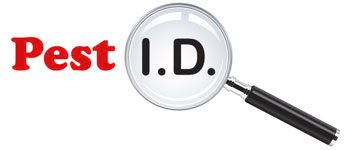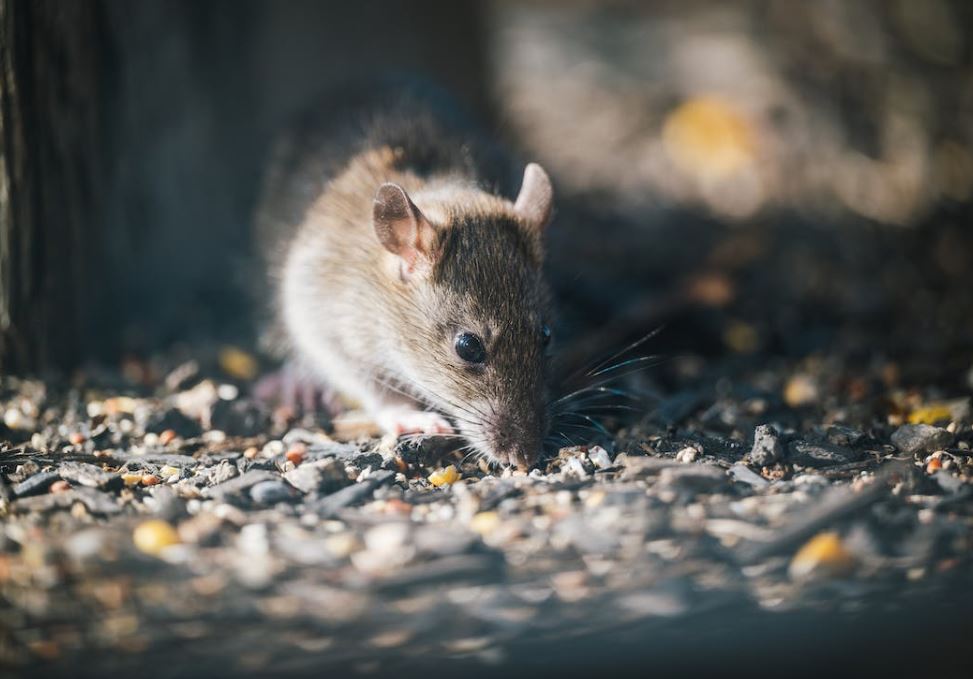Rats are known to be highly adaptable and resilient pests that can thrive in a variety of environments. However, many people have noticed that rat activity seems to increase during the colder months of the year. In this article, we explore why lower temperatures lead to increased rat activity, and how this manifests into an increased rodent presence in and around properties.
The Impact Cold Temperature Has on Rat Behaviour
One of the primary reasons for increased rat activity in the cold is the need for shelter and warmth. As the temperatures drop, rats are more likely to seek refuge in buildings, attics, and other structures where they can escape the cold and find warmth.
In addition to seeking shelter, rats also need to find food and water to survive, and they may be more likely to venture into populated areas in search of food during the cold months.
Another factor that contributes to increased rat activity in the cold is the reduction in food availability. As the weather gets colder, many plants and insects die off, reducing the amount of food available to rats in their natural habitats. This can drive rats to search for food in populated areas where they can find food and shelter. Many of us store food in our homes, garages or sheds during the winter, creating an attractive food source for rats.
Rats are opportunists, and many householders have been unlucky enough for rats to inhabit their homes for just having the few basics that they need to survive over winter – food, water and safe harbourage.
Many foraging rats will be attracted to gardens that feed the birds, where they either climb up onto the bird feeders or rely on the messy morsels of high fat/high protein bird food that falls to the floor whilst the birds are feeding. More importantly, if this is the food source that is attracting rats to your garden, then your house is likely to be the next place to conquer as a shelter for the winter months.
Beyond Food and Shelter
In addition to food and shelter, the cold can also affect the reproductive cycles of rats. During the winter, rats may become more active as they search for mates and establish new territories. This increased activity can result in higher populations of rats and, consequently, more rat activity in populated areas.
Finally, the colder temperatures may cause rats to reduce obvious activities that leave markers of their exact presence in your home, or where they’re coming from – making it even more necessary to hire a professional pest controller to effectively track and then control the rat population.
Summary
There are several factors that contribute to increased rat activity in the cold, including:
- The need for shelter and warmth
- Reduced food availability
- Changes in reproductive cycles
- The impact of the cold on rat control measures
To prevent rat problems in the cold, it is important to take measures to eliminate potential food and shelter sources, such as storing food properly and sealing cracks and gaps in buildings.
Additionally, it is important to work with a professional pest control company to implement effective control measures, such as bait stations and trapping programs, to keep rat populations under control.
If you have any questions about how to control or prevent rats in your home, or if you need rodents removed from your property immediately, get in touch with our expert team today.








